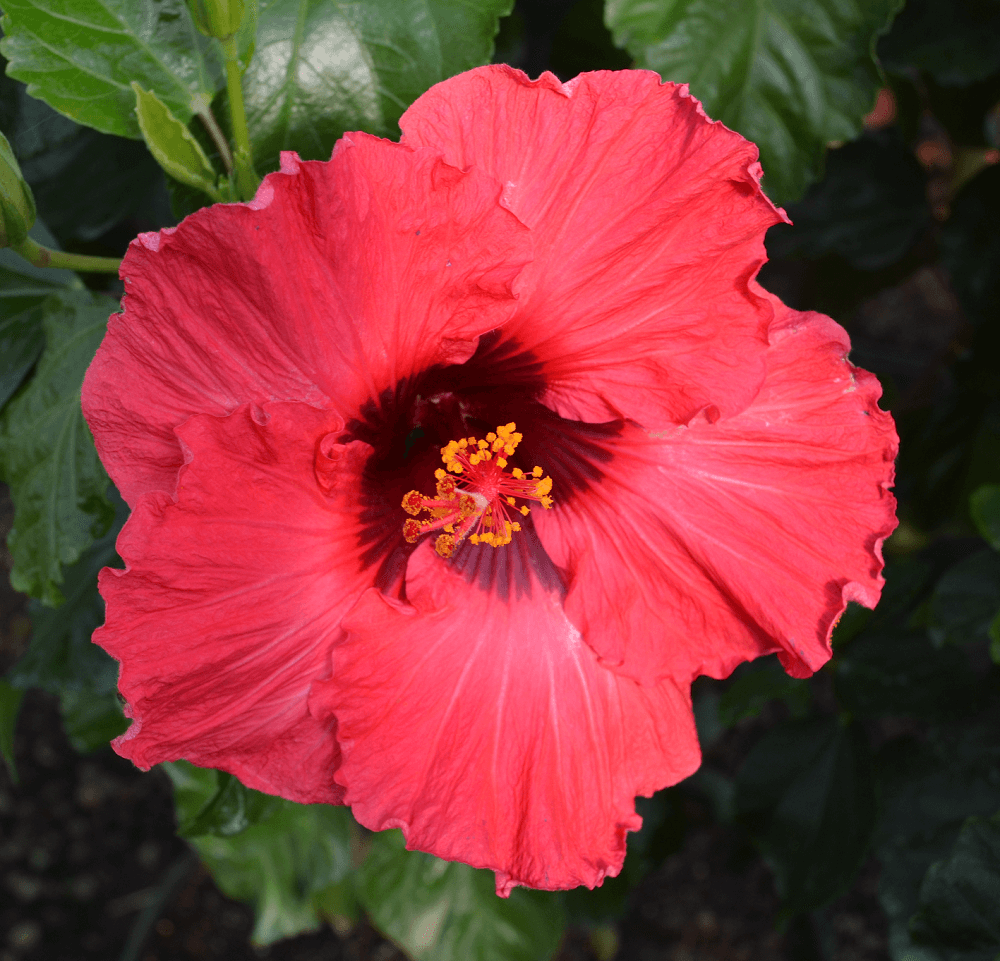By using our website, you agree to the use of cookies as described in our Cookie Policy
How to Start a Garden in 5 Easy Steps
Are you aware that 60% of Americans started a hobby during the pandemic? If you're eager to learn something new, look into growing a garden. You'll be able to enhance the curb appeal of your property or add some garden-fresh vegetables to your menu.
Read on to learn how to start a garden in 5 easy steps!
1. Figure Out What You Want to Grow
First, you'll want to figure out whether you plan to grow beautiful flowers, herbs, or vegetables. If you have the space for it, you could grow all three.
If you're low on space but want vegetables, consider pot-friendly cherry tomatoes or herbs like basil and mint. On the other hand, if you're looking to spruce up your landscaping, choose colorful flowers like tulips, zinnias, or marigolds. Shopping at a nursery is one of the best ways to choose healthy plants that will flourish.
2. Determine the Right Garden Space
Ideally, you'll want to plant your garden in a space that gets at least 6 hours of sunlight per day. Try to position your garden for easy watering access. And aim for a level space that won't be subject to contaminants.
If you only have a shadier space, opt for begonias or impatiens. For vegetable gardens, stick with kale, mint, and carrots. Other hearty greens, like mustard greens or spinach, can do well, too.
3. Prepare Soil
Does the soil on your property contain a lot of sand or clay? If you're dealing with porous or overused soil, you may want to test its acidity. Pollution and runoff can lead to soil that lacks the right consistency and nutrients for growth.
Mulches, peat moss, and decomposing leaves can help fortify soil. You may want to start a compost pile, too, to create nutrient-rich soil to use in the future.
4. Start Planting
Once your soil is ready, start planting! Be sure to see how far apart you need to plant flowers or veggies to avoid overcrowding. Check the depth needed, as well.
During planting and midway through the season, add some fertilizer. This will help replenish the soil and keep your plants vibrant.
5. Stick to a Maintenance Schedule
Aim to provide at least one inch of water each week. If you've experienced steady rainfall, you might not need to head out with the garden hose as often. But when you do, try to water in early morning or evening before the summer sun is hot.
Remove weeds, too. They can choke your plants and overrun your garden. For the best flower care, you may want to add mulch to keep the weeds at bay.
If you're growing vegetables, you can reap what you've sown! When vegetables look edible, it's time to pick them. And when the season's over, add more mulch and await the next growing season.
Learn How to Start a Garden
When you know how to start a garden, you can enjoy nurturing flowers and vegetables to life. Designate a space that receives enough sunlight and determine what you want to plant. Then start planting and stick to a regular weeding and watering schedule for optimal growth.
If you're ready to start planning a garden, contact us so we can help!
‹ Back
Past Performances
These previously shown stars are no longer being grown at our facility














